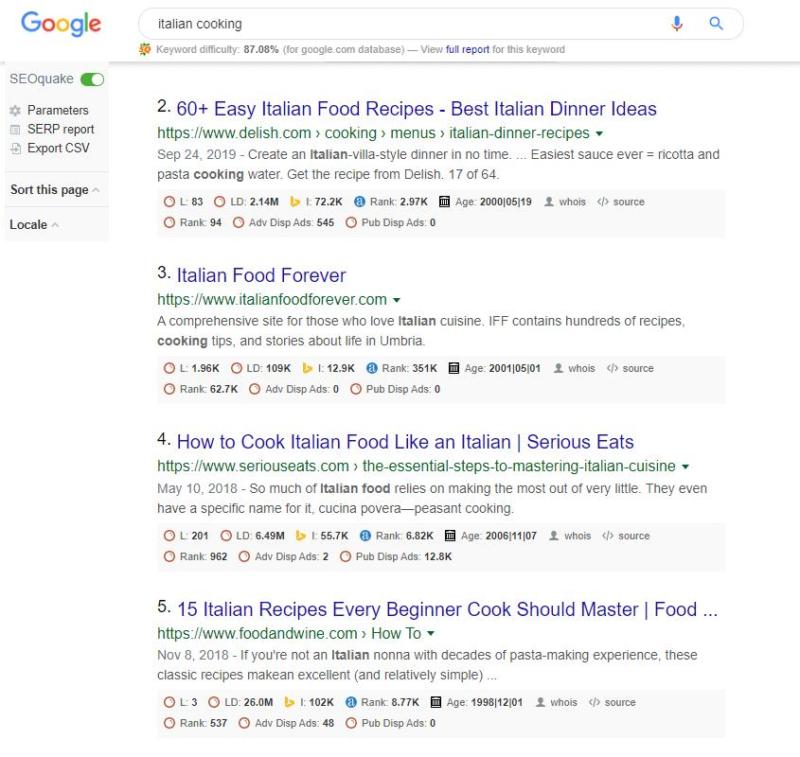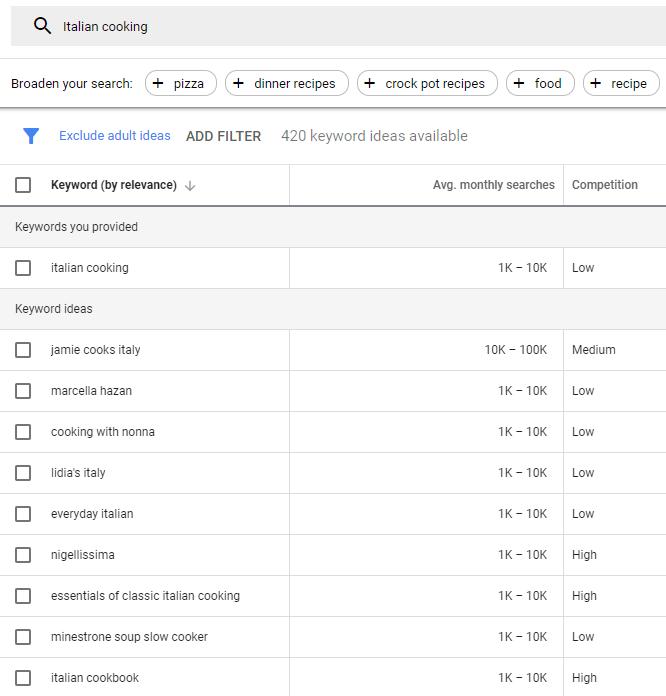- Nov 19, 2019
 0
0- by A2 Marketing Team
There was a golden age on the web, when earning money was pretty simple. All you had to do was set up a website, focus on creating content, and you could make a pretty penny with ads and affiliate marketing.
That process still works, only now it’s a lot harder. These days, profitability depends heavily on your niche. If there’s an audience for your content, that means your website can grow, and you’re more likely to earn money from it.
In this article, we’ll talk more about why your niche is so important. Then we’ll walk you through four steps to find a profitable niche using real data. Let’s get to it!
Why Your Website’s Niche Matters
At the core of most websites, there’s a specific niche. There are cooking and parenting blogs, finance websites, sports boards, and any other of a million topics you can imagine. Your niche is the area in which your website focuses, which is what determines who your audience will be.
The problem is that not all niches have the same potential for growth. If you want to hedge your bets, you need to focus your website’s content around a niche that you know has potential. Keep in mind, however – niches with high monetization potential tend to be a lot more competitive.
When we talk about competitiveness, we’re referring to the amount of traffic you can get from search engines. Unless you have a massive war chest for paid aids, you’re probably going to rely on organic traffic to grow your site. That means your best bet is to find a niche with a sizable audience and relatively low competition.
How to Find a Profitable Niche (In 4 Steps)
For most of this article, we’ll focus on data to help you choose a profitable niche. However, it’s important to remember that whatever area you decide to focus on, it should be something you enjoy. That brings us to the first stage in the process.
Step 1: Start With a List of Your Passions
If you’re going to blog about a specific topic for years to come, it needs to be something you’re – at the very least – interested in. Growing a blog and finding an audience usually takes a long time, so you don’t want to burn out early.
The first thing we recommend you do is to make a list of all the topics you’re passionate about. For example, our list might look something like this:
- Website development
- Hosting
- Website design
- Cooking
- Content about adorable animals
As you might imagine, options one, two, and three have the most potential. Cooking is also a highly-competitive niche, but the monetization potential is perhaps smaller. Option five, on the other hand, would be a fun niche to tackle, but there isn’t much potential for making it profitable.
The point is that you need to be realistic when it comes to narrowing down your list of niche options. If you’re passionate about a topic even though you know it’s highly competitive, we recommend that you go for it. As long as you’re aware that growing a blog in that niche and monetizing will be an uphill battle, you’ll be prepared.
Step 2: Look into Existing Websites Within Those Niches
At this point, you might have a list of potential niches, but no way of evaluating whether they’re worth pursuing. That’s where competitor analysis comes in.
Let’s say, for example, that you want to start a blog about Italian cooking. Your first move should be to Google that keyword:

Right off the bat, you can see there are some heavyweights in those results. However, we want to look deeper, and to do that, we recommend that you check out the SEOquake browser extension. If you activate this extension in Chrome, you’ll get access to additional data with every search result:

That’s a lot of data to analyze, so let’s focus on Alexa ranks. The lower the number, the more well-established that particular website is. As a rule of thumb, any site with a rank below 100,000 may as well be a mountain, because it’s going to be pretty hard to budge.
When it comes to a topic like “Italian cooking”, most websites on the first page of the search results are going to be pretty hard to beat. However, if you pay attention to each result, you’ll notice that most of those websites aren’t dedicated to Italian cooking exclusively.
That means you don’t have to beat every single one of them. More importantly, you may be able to rank quickly for other, broader keywords within that niche.
Step 3: Analyze Search Intent for Niches With Potential
Once you know that a niche has potential, you’ll want to find out what people are looking for when they delve into that topic online. The best way to do that is by using a tool such as Google Keyword Planner.
The way Google Keyword Planner works is that you feed it a search term and it returns related queries. For each query, it tells you roughly how many people are looking for it every month. That’s invaluable information when it comes to researching a niche.
Let’s see what comes up if we look for “Italian cooking” once more:

That’s a long list of numbers and search queries, so let’s break down what that data tells us in broad terms:
- Google associates around 420 keywords with Italian cooking.
- A significant range of those keywords get between 1-10K searches per month around the world (under the Avg. monthly searches column).
- The competition is pretty fierce for plenty of those search terms (look at the Competition column for the details).
Overall, the data says that there is a lot of potential here, but it’s not going to be easy to rank a website within this niche. However, you can use this data to find keywords that suggest what subtopics are frequently searched for, but have less competition to contend with.
Step 4: Study Potential Monetization Methods
It may surprise you to hear that there aren’t that many different ways to monetize a website. Some of the most common options include:
- Affiliate marketing. You promote a service or product, and get paid for every sale you help to make.
- Selling your own products/services. You create something, and you use your website to sell it.
- Ads. You use your website to display advertisements for third parties, and get paid for clicks and/or impressions.
- Subscriptions. People pay you a regular subscription in exchange for access to information, products, and/or services.
We know that an Italian cooking blog has the potential to find an audience, but what about making money? Ads would be the easiest monetization method to implement, but as you may know, they’re not that lucrative unless you get a massive amount of traffic.
Affiliate marketing offers more potential. In this case, you could use your blog to promote cooking products, which is a viable option. Finally, you might use your blog to promote your products or services. With a cooking blog, you could sell an e-book, offer online lessons, or perhaps even offer catering services.
The point is that the niche you choose will determine what monetization options you have available. You’ll want to make sure that whatever niche you focus on has at least one viable monetization option upfront.
Conclusion
One of the most common reasons new businesses fail is a lack of research. It’s important to know if there’s a market for your products or services before launching a business. Websites are, at their core, businesses, so it makes sense to approach your new project with that mindset.
By ensuring that there’s an audience for your niche, you increase your chances of making a profit. Here’s how you’ll want to proceed:
- Start with a list of your passions.
- Look into existing websites within those niches.
- Analyze search intent for niches with potential.
- Study potential monetization methods.
Image credit: Pixabay.












